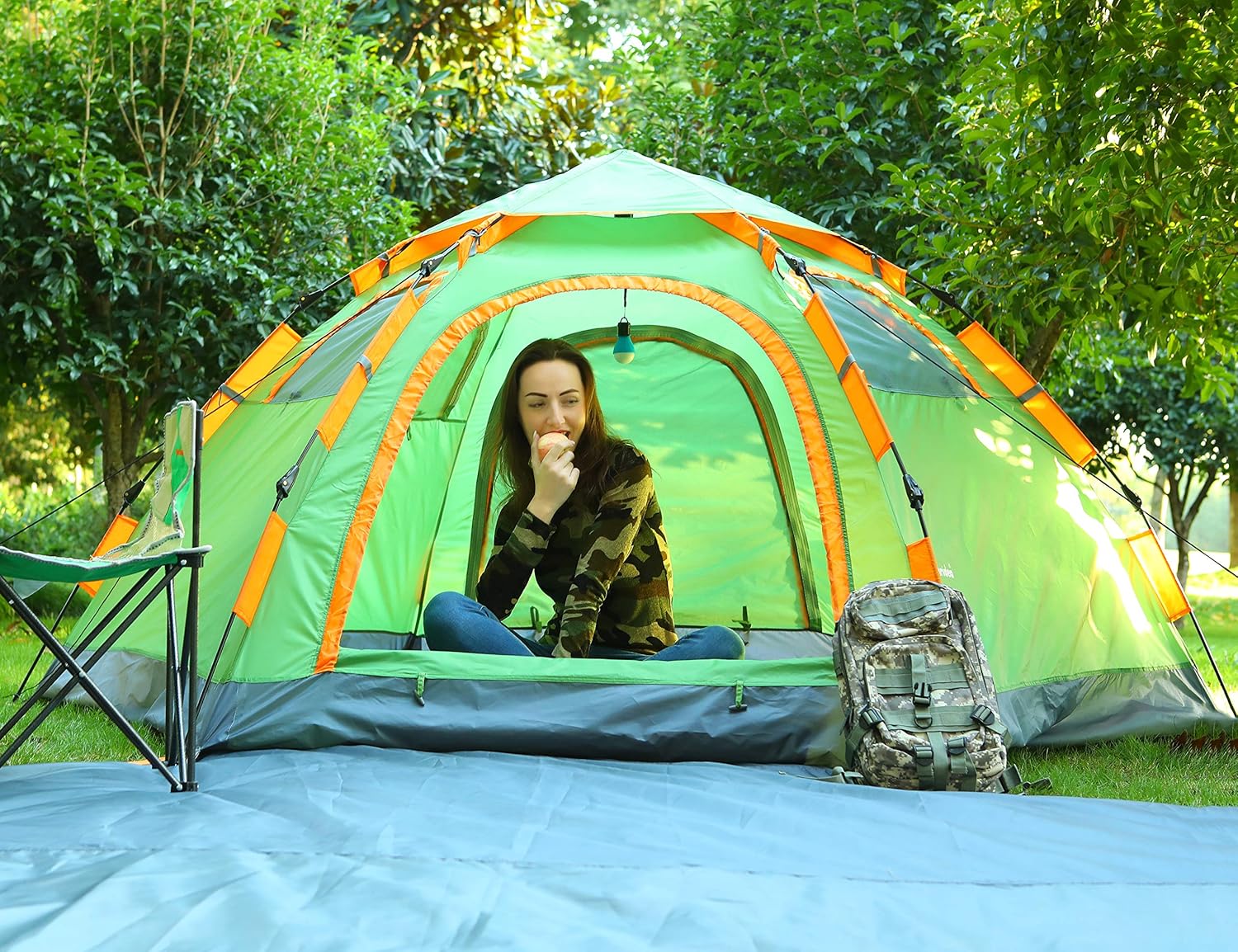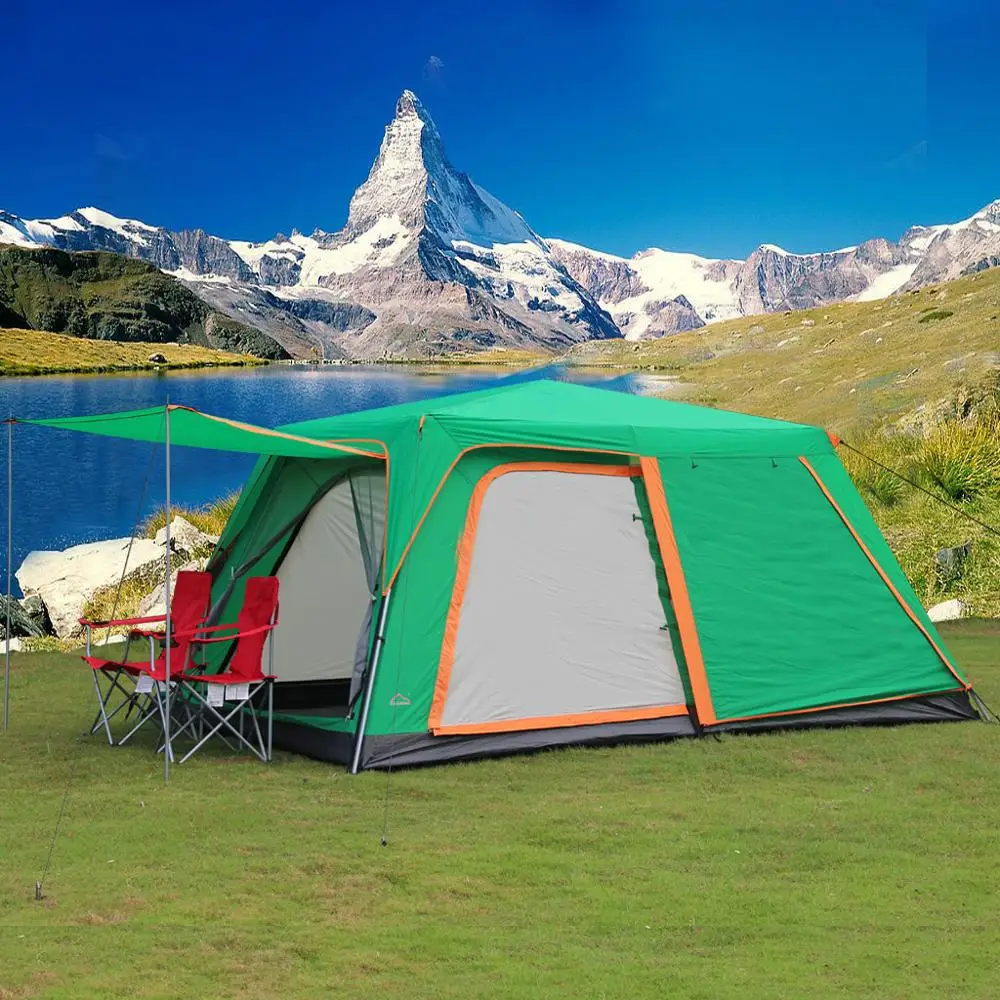I. Introduction to Washing a Tent

A. Understanding the Importance of Regular Tent Cleaning
Regularly washing your tent is important for maintaining its longevity and performance. Cleaning removes dirt, debris, and stains that can weaken the fabric and compromise its waterproofing. It also helps eliminate odors and prevents the growth of mold or mildew.
B. Benefits of Washing a Tent
Washing a tent offers several benefits. It helps maintain the tent’s waterproofing, ensuring that it remains dry during outdoor adventures. It also improves the overall appearance and smell of the tent, enhancing the camping experience. Regular cleaning can extend the lifespan of your tent, saving you money in the long run.
C. Exploring Different Methods and Considerations for Cleaning
There are various methods and considerations when it comes to washing a tent. Hand washing with gentle soap and water is the most common and recommended method. However, it is crucial to use the right cleaning products and follow proper techniques to prevent damage to the tent fabric and coatings.
II. Preparing Your Tent for Washing
A. Selecting a Suitable Washing Location
- Choosing an Area with Adequate Space and Ventilation Select a location with enough space to lay out and properly clean the tent. Ensure there is good ventilation to aid in drying after washing.
- Ensuring a Clean and Unobstructed Washing Area Clear the washing area of any debris or obstacles that could potentially damage the tent during the cleaning process. A clean area reduces the risk of dirt or foreign particles being transferred back to the tent.
B. Gathering the Necessary Cleaning Supplies

- Identifying Safe and Effective Cleaning Products for Tents Use a gentle soap or specialized tent cleaner that is free of harsh chemicals or detergents. Avoid using bleach, strong detergents, or fabric softeners, as they can damage the tent fabric and coatings.
- Assembling the Tools Needed for a Thorough Cleaning Gather a soft brush or sponge, a non-abrasive cloth or towel, and a bucket for mixing cleaning solution. Additionally, have access to warm water for cleaning and rinsing the tent.
III. Cleaning the Tent Body
A. Removing Loose Debris and Dirt
- Shaking or Brushing off Loose Dirt and Leaves Before washing, gently shake or brush off any loose dirt, leaves, or debris from the tent body. This helps prevent unnecessary abrasion during the cleaning process.
- Utilizing a Soft Bristle Brush or Cloth for Gentle Cleaning Use a soft bristle brush or cloth to lightly scrub the tent body with a mixture of warm water and mild soap. Focus on areas with visible stains or dirt buildup, but be gentle to avoid damaging the fabric.
B. Spot Cleaning Stubborn Stains and Spills
- Using Mild Soap and Water Solution for Spot Cleaning For stubborn stains or spills, create a mild soap and water solution and apply it directly to the affected areas. Allow the solution to soak for a few minutes before gently scrubbing with a soft brush or sponge.
- Gently Scrubbing Stains with a Soft Brush or Sponge Using a soft brush or sponge, gently scrub the stained areas in a circular motion until the stain is loosened. Avoid excessive scrubbing, as it may damage the fabric. Rinse thoroughly with clean water to remove any soap residue.
IV. Washing the Tent Rainfly and Footprint
/Lotusbelle-outback-deluxe-tent-viasmallspaces.about.com-56a888335f9b58b7d0f31ba1.jpg)
A. Separating the Rainfly and Footprint from the Tent Body
- Removing Rainfly and Footprint Attachments Detach any attachments that secure the rainfly and footprint to the tent body. This ensures that each component can be washed separately and thoroughly.
- Detaching and Unfolding the Rainfly and Footprint Carefully remove the rainfly and footprint from the tent body. Unfold them fully to expose the entire surface area for cleaning.
B. Cleaning the Rainfly and Footprint
- Hand Washing with Mild Soap and Water Solution Fill a bucket with warm water and add a small amount of mild soap. Submerge the rainfly and footprint in the solution and gently agitate them to loosen dirt and stains.
- Rinsing Thoroughly and Air Drying Flat After cleaning, rinse the rainfly and footprint with clean water to remove any soap residue. Hang them to air dry in a shaded area, making sure they are flat and fully extended to prevent creasing or damage.
V. Drying and Storing the Cleaned Tent

A. Drying the Tent Properly
- Hanging the Tent to Air Dry Completely After washing, hang the tent in a well-ventilated area to air dry completely. Avoid direct sunlight or heat sources, as they can damage the fabric and coatings.
- Avoiding Direct Sunlight and Heat Sources to Prevent Damage Excessive exposure to sunlight or heat can weaken the tent fabric and cause fading or deterioration. Find a shaded area or use a fan to aid in drying if needed.
B. Storing the Cleaned Tent
- Ensuring the Tent is Completely Dry and Free of Moisture Before packing the tent, ensure that it is completely dry to prevent the growth of mold or mildew. Check all areas, including seams and corners, for any lingering moisture.
- Folding and Packing the Tent in a Dry and Ventilated Storage Bag Fold the tent neatly and pack it in a dry, ventilated storage bag. Avoid compressing the tent too tightly, as this can damage the fabric. Store the bag in a cool and dry place, away from direct sunlight or damp environments.
VI. Routine Maintenance and Future Cleaning
A. Regularly Inspecting and Maintaining Your Tent
- Checking for Signs of Wear, Damage, or Mildew Regularly inspect your tent for signs of wear, such as frayed seams, tears, or mildew. Address any issues promptly to prevent further damage and maintain the tent’s integrity.
- Performing Regular Spot Cleaning and Maintenance Tasks Spot clean any visible stains or spills as they occur. Use a mild soap and water solution, along with a soft brush or sponge, to gently clean the affected areas. Regularly check and maintain the tent’s zippers, seams, and guy lines for proper functionality.
B. Repeating Full Cleaning Process as Needed
- Recognizing the Signs for Full Tent Cleaning If your tent becomes heavily soiled, develops persistent stains, or starts to smell, it may be time for a full cleaning. Assess the condition of your tent and its need for a thorough cleaning.
-
Taking Necessary Steps to Ensure Ongoing Tent Hygiene Follow the washing process outlined in this guide as needed to maintain the cleanliness and hygiene of your tent. Regular maintenance and proper care will help extend the life of your tent and ensure you have enjoyable camping experiences for years to come.
Conclusion:
Regularly washing and maintaining your tent is crucial for its longevity and your comfort during camping trips. By following a step-by-step guide and using the right cleaning supplies, you can keep your tent clean and fresh. Properly drying and storing the tent after washing will prevent mold and mildew growth. Routine maintenance and future cleaning efforts will help maintain the tent’s cleanliness and functionality. Enjoy your outdoor adventures with a clean and well-maintained tent, ready for your next camping experience.
